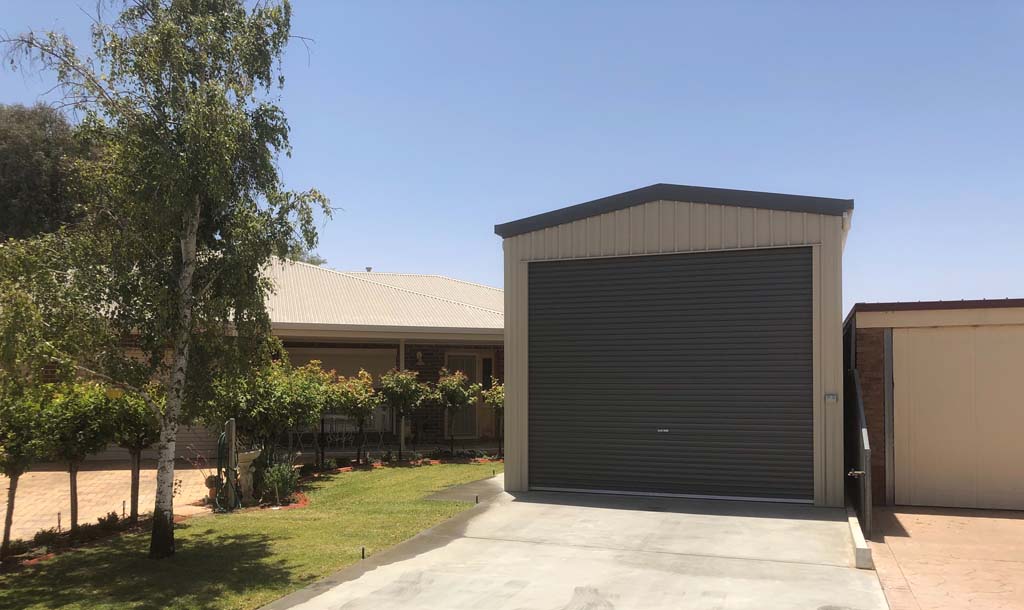RHS Shed Foundations: The Role of Concreting in Structural Integrity
01 December 2023
Make your RHS shed foundations durable and long-lasting with concreting. Carried out by Lever’s Concept Construction, explore its vital role. Call 03 5022 1062.
Rectangular hollow sections or RHS sheds are structures meant to be used for various purposes, including storage, workshops, garages, and agricultural applications. They are constructed using RHS as their primary building material, which is a type of structural steel tubing known for its rectangular cross-sectional shape. This material can be strong, durable, and long-lasting. However, RHS sheds can only last for a long time if they are constructed on top of a solid foundation.
One foundation option that can be utilised in building RHS sheds is concreting. Properly designed and executed concreting can help the sheds stand the test of time, remaining strong and resilient against various environmental factors. Here are some roles of concreting in RHS sheds’ structural integrity.
Distribute the Loads
One of the primary functions of the concrete foundation in an RHS shed is to distribute the loads imposed on the structure. Some loads that the concreting must distribute in an RHS shed are the weight of the shed itself, as well as any additional loads from equipment, storage, or environmental factors like wind and snow. A well-designed concrete foundation helps prevent uneven settling or structural stress, which maintains the stability of the shed.
Prevent Settlement
Concreting also creates a stable base for your RHS shed, preventing settling or shifting over time. Properly compacted and reinforced concrete helps maintain the shed’s alignment and prevents structural issues that can arise from uneven settlement.
Resist Environmental Factors
Concrete is known for its durability and ability to withstand harsh environmental conditions. When used in shed foundations, it acts as a barrier against moisture intrusion, preventing issues such as rust and rot. Additionally, concreting for RHS sheds provides resistance against soil erosion and termites, which are known to be common challenges in shed construction.
Anchor and Fix Points
Concreting offers a secure means of anchoring your RHS shed to the ground, which is highly important in regions prone to strong winds or seismic activity. Through concreting, it can enhance the shed’s resistance to forces that could otherwise compromise its integrity.
Reduce Maintenance
A concrete foundation, when properly constructed, can last for decades with minimal maintenance. It reduces the need for costly repairs or replacements, ensuring your RHS shed remains a reliable and long-lasting structure for many years to come.
Guarantee Versatility
Concrete foundations can be tailored to suit various RHS shed designs and sizes. They can be customised with additional features such as anchor bolts, embedded conduits for utilities and surface treatments to meet specific requirements.
Comply with Building Codes
Many building codes and regulations in Australia require a concrete foundation for certain types of structures, including RHS sheds. Ensuring compliance with these codes is crucial to obtaining the necessary permits and approvals for your shed project.
Concreting is an essential component in ensuring the structural integrity, stability, and longevity of RHS shed foundations. Whether you’re building a small storage shed or a large industrial structure, investing in a well-designed and professionally executed concrete foundation is a critical step in guaranteeing the reliability and durability of your RHS shed. Our team at Lever’s Concept Constructions can help you attain an RHS shed with proper concreting to make sure it lasts for a long time.
Optimized by: Netwizard SEO
